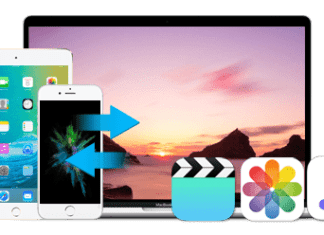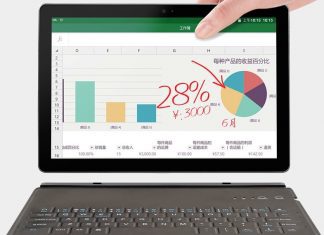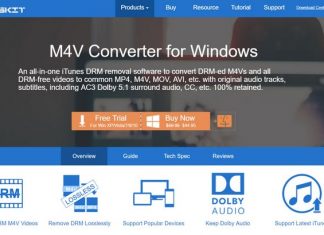Are you a data analyst? Does your job entail translating data into understandable information that can help your organization or company make better business decisions? Well, one of the challenges many data analysts face is getting to the bottom line and finding out why some products are performing better than others in the simplest way possible.
If you work in a large retail chain and you have to go through so much data every day, the good news is that you don’t have to figure out everything on your own anymore. With the tableau desktop, you can now build simple views of product data, analyze profitability by region, and create a story that you can present to your team.
If you are a beginner and you are looking forward to starting your career or getting CA certified, Be sure to check out the 8 Best Tableau Courses, Trainings & Classes offering Certification Online.
The tableau desktop, also known as the gold standard in analytics, is the place where the best analysis happens. You can use the tableau desktop to connect to data, create reports, do analytics, and create storyboards and are simple and easy to understand. Simply put, you can use this business intelligence platform to turn your data into a vision that will drive action.
(Guide) How to Get Started with Tableau Desktop
Here is a brief step by step analysis that will help you to get started with tableau as a beginner.
1. You, Will, Need to Connect to Your Data –
The first thing you will need to do is to open the tableau desktop start page. On this page you will be required to confirm how you will connect to the data that you want to use. You can connect to data that is either stored in a file or on a server such as a tableau server.
2. Drag & Drop to Get the First Look –
If you are working with many years of data, you can start by creating a simple basic chart. Drag your data to the respective columns and data. The tableau desktop will create a simple spreadsheet for you that will display the sales total for the entire year.
3. Focus Your Results –
At this point you will have created a view of products based on category or subcategory. But the job is not done yet. You will need to focus on specifics and you can do this by using filters and colors that will add more focus on the details that interest you.
4. Explore Data Geographically –
Once you have a great view that enables you to review all the sales and profits over several years, you can go a step further and analyze the trends and patterns geographically. You can opt to use the maps provided as they are perfect for displaying and analyzing information.
5. Drill Down to the Details –
If there are states that have negative profits, drilling down to the nitty-gritty will give you more focus on what is happening in those areas. Drilling down the details will help you get a close look at exactly where the problems lie.
6. Create A Dashboard That Will Show Your Insights –
You have created worksheets that contain all the important information that your employer needs to see. You can use the tableau dashboard at this point to show why the company has negative profits in some states. However, you will still need to build a story to present to the entire team in a simplified way.
7. Share Your Findings –
Finally, you can use the tableau public to publish the data so that your teammates can view it online.












